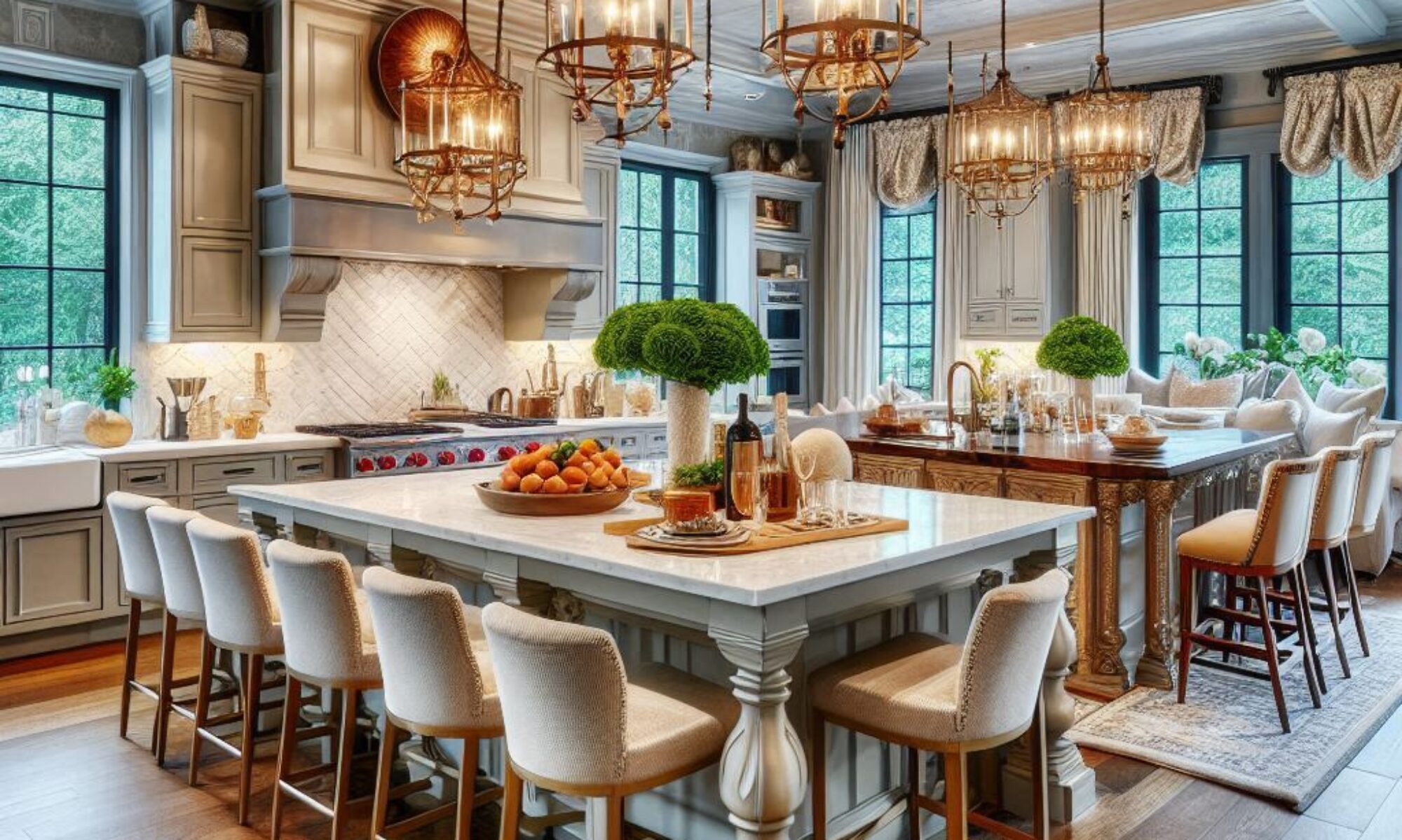Discover How Staging Transforms Spaces into Dream Homes
Envision Your Living Space
When you step into a staged home, the magic begins. Staging helps you envision your future living space. The cleverly placed furniture, warm colors, and inviting decor transform empty rooms into something personal and relatable. Each room tells a story, inviting you to imagine your life unfolding within those walls.
Feel the Energy of Staging
The energy of a well-staged home is undeniable. As you walk through different areas, the design effortlessly guides your senses. You might notice how a cozy living room encourages family gatherings, or how a beautifully arranged kitchen sparks creativity for your culinary adventures. With each element carefully curated, home staging creates an atmosphere that feels both energetic and welcoming.
Practical Insights for Meaningful Decisions
In addition to aesthetics, staging offers practical insights into your potential future. Imagine seeing a bedroom transformed into a serene oasis that instantly calms your thoughts. Practical staging highlights the functionality of each space, providing ideas on how to optimize your living arrangements. You’ll appreciate the cleverly tucked away storage options, showcasing how to maintain an organized home despite a busy lifestyle.
Trust in the Power of Presentation
A trustworthy representation of a home can drastically influence your decision-making process. Staged spaces help eliminate any doubt about how a room can be used. When a home is presented thoughtfully, you can comfortably see how your furniture will fit and how your lifestyle will be accommodated. This trustworthy presentation makes it easier to say, “This is where I want to be.”
Innovative Touches for Lasting Impressions
Lastly, innovative design choices capture attention and enhance the overall experience. Staging is not just about making something look pretty; it’s about making your future feel within reach. By introducing creative decor options and unexpected textures, your imagination takes flight. You can start to feel emotionally connected to the space, allowing it to resonate on a deeper level.
Conclusion
Staging plays a pivotal role in how buyers perceive potential homes. It draws them in, helps them see their future, and ignites their love for a property. If you’re ready to find a home that speaks to you, remember that staging is an invaluable aspect of the real estate journey.

